connor31556
Aquarium Advice Freak
Hello,
I have a 5g tank that has been up and fully cycled for a couple of years now. Just recently, I switched it from a betta tank to a shrimp tank. (picture below). A few months ago, I bought 9 shrinp 3 blood reds, 3 blue ones (forgot real name), and 3 gold backs. Since then, they have been slowly dropping off 1 or 2 every few weeks. A week ago, I picked up a 2nd batch of them same mixture (I know this will mess up their colorations). The problem is that after all this time, there have been no babies. Ammonia 0, nitrites 0, ph 7.5ish, tts about 260. From researching, the possible problems that I have been facilitating is that I do water changes that are too large (50% weekly) but nothing else I could see until today. When looking at them closely I realized one of the blues had something on it, picture below, my question is can anyone confirm what it is (I'm leaning towards Holtodrilus Truncates but realize it might also be Scutariella Japonica even though it's not on its head.) I currently have around 14 shrimp in there and only 1 is showing deformities, pictured below. Does anyone know for certain what the disease/parasite is and how I should go about treating it? Thank you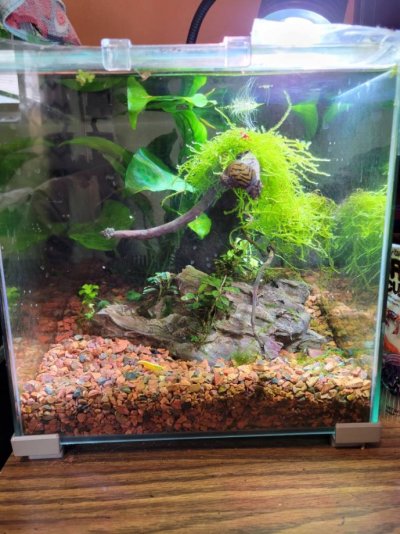
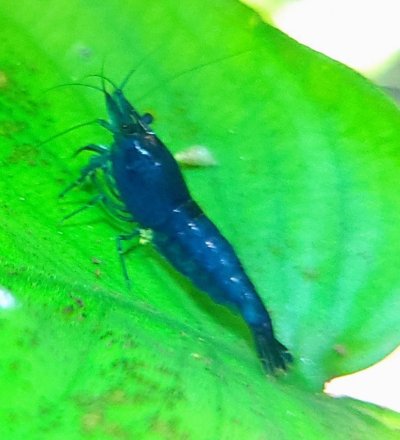
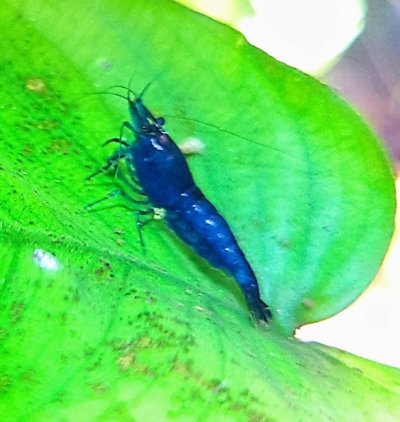
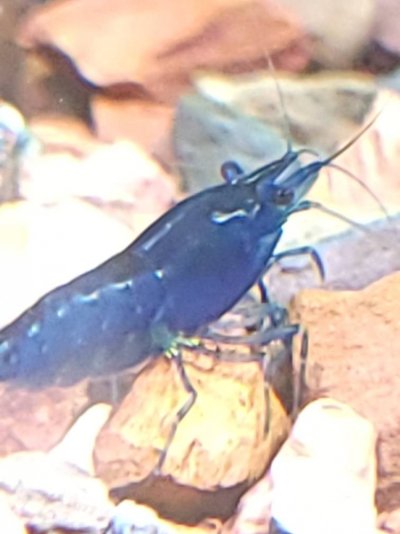
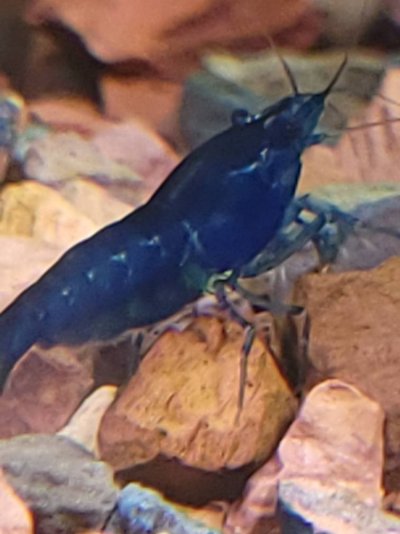
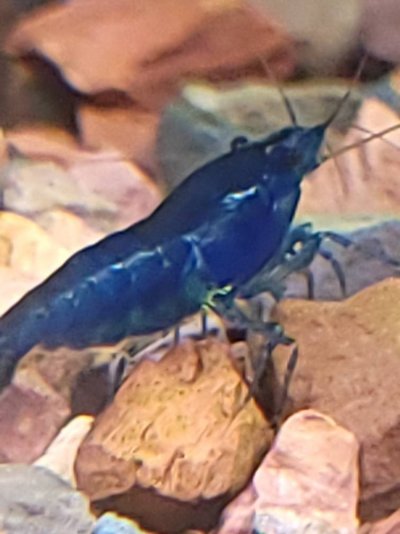
I have a 5g tank that has been up and fully cycled for a couple of years now. Just recently, I switched it from a betta tank to a shrimp tank. (picture below). A few months ago, I bought 9 shrinp 3 blood reds, 3 blue ones (forgot real name), and 3 gold backs. Since then, they have been slowly dropping off 1 or 2 every few weeks. A week ago, I picked up a 2nd batch of them same mixture (I know this will mess up their colorations). The problem is that after all this time, there have been no babies. Ammonia 0, nitrites 0, ph 7.5ish, tts about 260. From researching, the possible problems that I have been facilitating is that I do water changes that are too large (50% weekly) but nothing else I could see until today. When looking at them closely I realized one of the blues had something on it, picture below, my question is can anyone confirm what it is (I'm leaning towards Holtodrilus Truncates but realize it might also be Scutariella Japonica even though it's not on its head.) I currently have around 14 shrimp in there and only 1 is showing deformities, pictured below. Does anyone know for certain what the disease/parasite is and how I should go about treating it? Thank you






